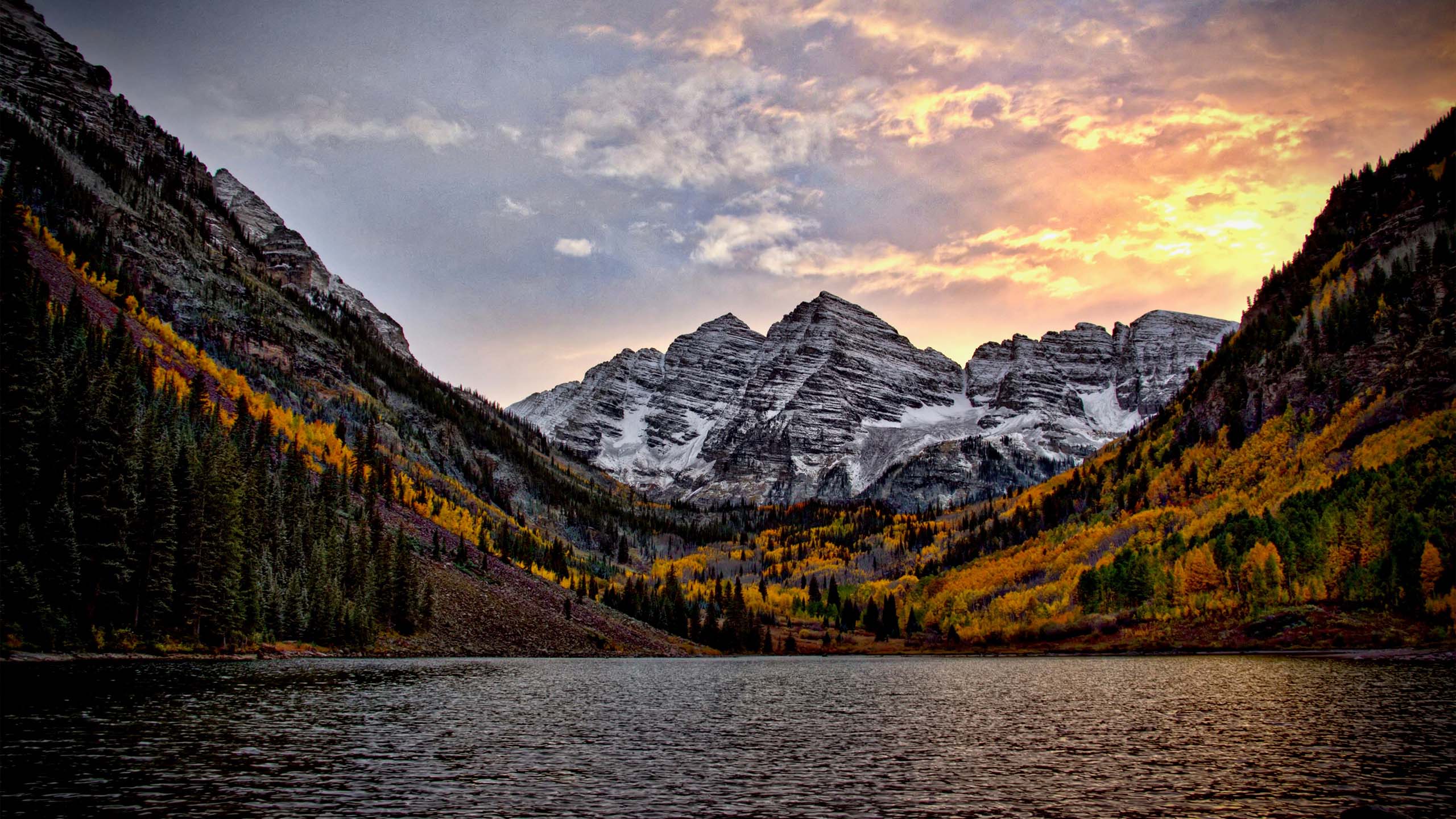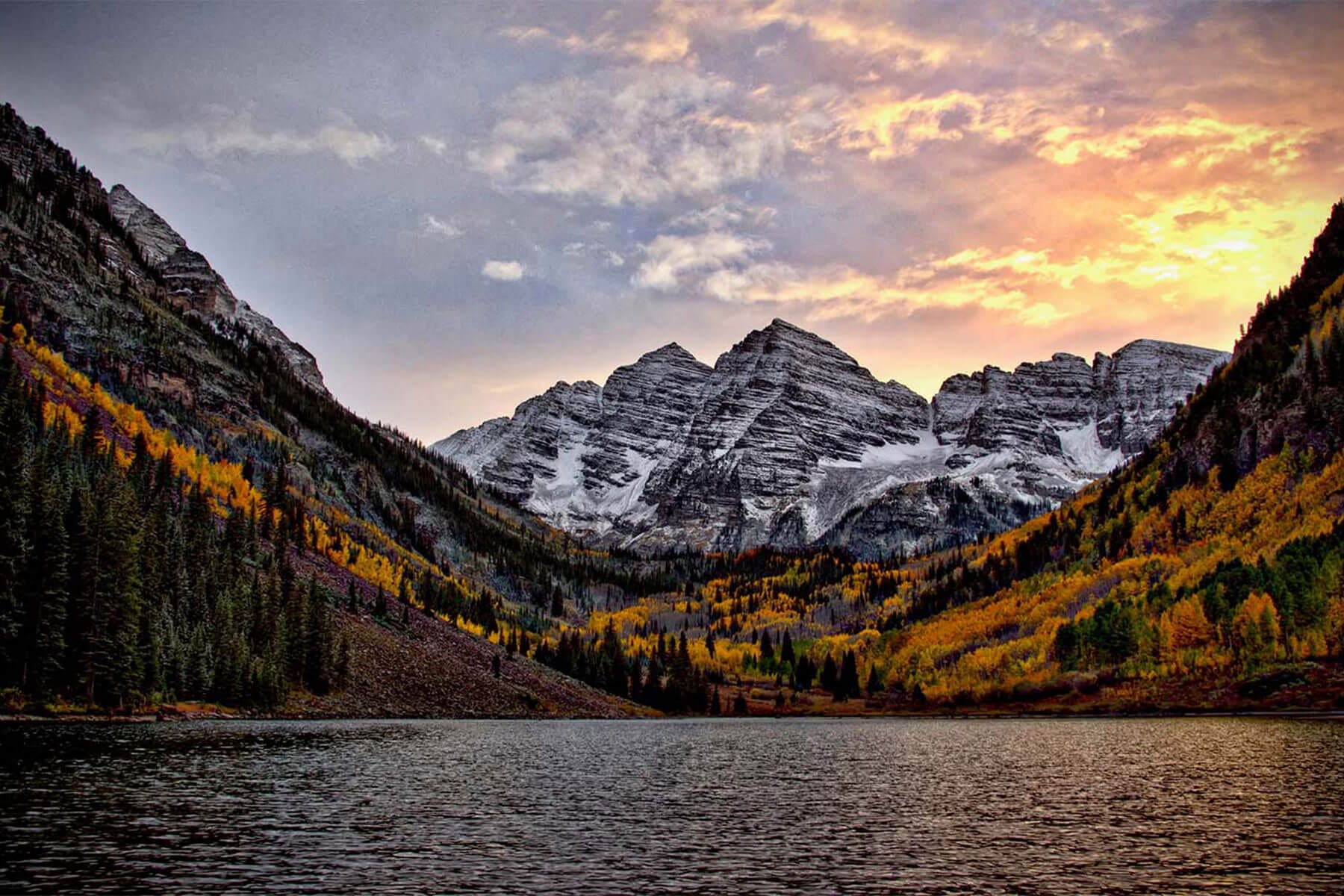Reforestation in
Colorado
One of eight “mountain states” in the Western United States, Colorado is the most elevated state in the US. With dramatic landscapes ranging from high plains to foothills, rolling mountains, and vast forests, 32% of the state is forested. These forests have a healthy mix of coniferous and deciduous species, making them the most complex forests in the Intermountain West.
Over the past 30 years, Colorado’s average temperature has increased by 2°F — and this trend is already having an impact. The 10 largest fires in Colorado’s history have all occurred since 2002. At the same time, warmer and drier conditions have contributed to the largest bark beetle outbreaks in the state’s recorded history, affecting millions of acres of land. These combined threats are putting many Colorado forests at risk.

Colorado Stats
32%
forested
32% of the land area in Colorado is forested.
Forests and Water: A State-of-the-Art Review for Colorado, US Forest Service
11
national forests
Colorado is home to 11 National Forests.
1/2
compromise of National forests
National Forests comprise nearly half of the forested land in Colorado.
Forests and Water: A State-of-the-Art Review for Colorado, US Forest Service
1/2
forested land
National Forests comprise nearly half of the forested land in Colorado.
1/2
of national forests
National Forests comprise nearly half of the forested land in Colorado
60%
Of Water
60% of potable water in California is sourced from forested watersheds.
Project Highlight
Reforestation in Colorado can help increase biodiversity, protect water supplies, and improve the livelihoods of local communities. Learn about a recent reforestation project that planted trees in Colorado!

Post-fire reforestation
This project planted trees for forest fire recovery after the Spring Creek Fire in Colorado. Fires, along with climate change, can leave communities feeling isolated, depressed, and insecure about the future of nature's provisioning of resources. The purpose of this project was to address this and empower local communities to restore what had been lost.
Lake Tahoe Restoration
This project worked to restore sugar pine and other native white pine species, which are being plagued by a non-native invasive fungus called white pine blister rust. Disease-resistant seedlings were planted in forest openings to restore sugar pine populations and reforest areas around Lake Tahoe that were burned by fire. Over half of the planting volunteers were students who learned about forest ecology and fire in the process.


Hog and Sheep Fire Restoration
This project reforested areas that were impacted by the 2020 Hog and Sheep fires. These high-severity fires heavily damaged local watersheds and habitat areas. Planting trees helped to restore habitat, improve soil stability, and increase carbon sequestration. Seedlings were planted at variable densities depending on slope, aspect, soils, site class, and soil moisture in late winter to early spring.


